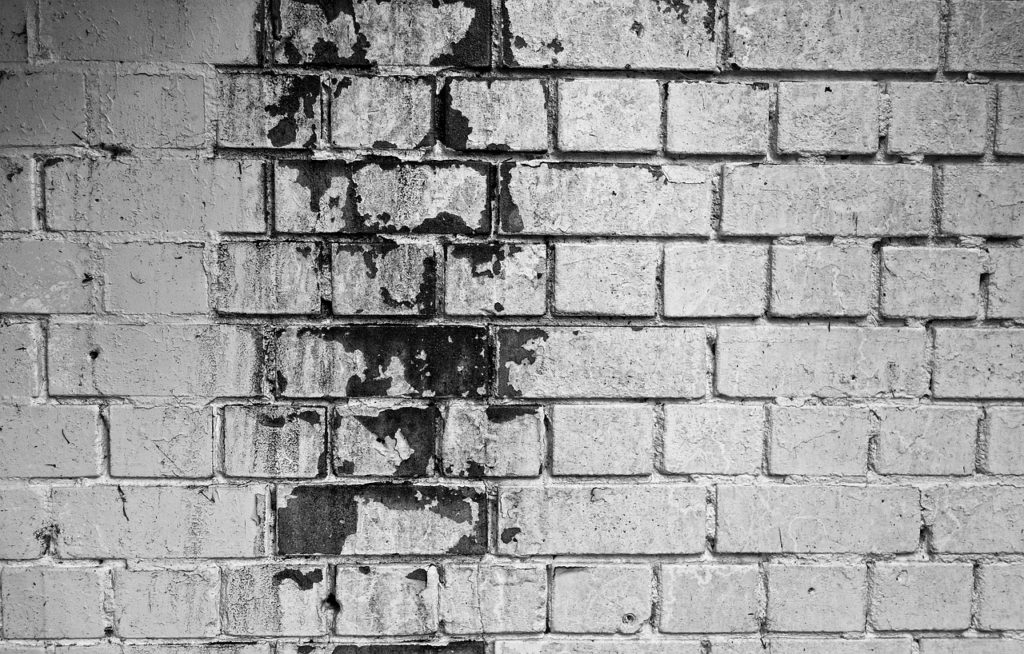As a homeowner in Florida, you don’t want to be in a position where you have a mold problem. Cleaning up mold blooms can be very expensive and if left unattended, it can cause health problems to your family. For instance, an extensive elimination of a mold problem can cost you up to five figures; that is how expensive a mold problem can get. To help you prevent, combat and control mold in your home, professionals who eliminate mold would like to share 7 important aspects they use to prevent and control mold problems.
Elimination of clutter
Be very conscious of the clutter around your house. Clutter around your house prevents the flow of air and prevents the aid of the HVAC system in circulating air around your house. Professionals know that draperies and furniture cause condensation when they block the supply grilles. The moisture that is condensed creates a microclimate that allows the growth of mold in your house.
So, mold professionals advise homeowners to dispose of the things that are not in use. Avoid blocking the grilles and air vents with furniture to help air in the house to circulate freely. When the day is humid, use fans to keep the air in your house flowing.
When the AC is on, shut the doors and windows
When your doors and windows are open, you are wasting money because the air conditioning is escaping and humid air is being allowed into the house. This causes molds because of the condensation that forms. Therefore, mold professionals advice you to keep the windows and doors closed while the air conditioner is on.
Additionally, when you are on vacation or at the office, you are advised to let the temperature of your home stay at approximately 80 degrees. In most cases, people tend to set their thermostats to 85 degrees or turn off the AC when they are not in the house. When this happens, the net result is a rise in humidity and temperature which creates a perfect environment for the growth of mold.
Control the climate in the house
Mold usually appear during the humid hot summers when the temptation of playing with the air conditioner is apparent. If you set the thermostat high, the air conditioner will not dehumidify the air well; if you set the thermostat low, you will create a cold microclimate that will cause condensation. To avoid these extremes, set the thermostat at approximately 78 degrees.
Monitor your humidity levels
If you install an indoor humidity monitor, you will be able to keep track of the levels of moisture in your house that essentially fall between 35-50% relative humidity; in areas which are very humid, when the summer season comes, your humidity monitor will read levels around 55%.
If your humidity levels get to 60%, you will have to look for the moisture source; if the humidity goes to 70%, you will start to see certain mold species emerging. To be able to keep track and prevent mold formation, purchase a humidity monitor that goes for around $20 for the basic models, and around $200 for the more sophisticated ones that have tons of added features.
Evaluate your AC
If your humidity monitor records readings of approximately 60%, professionals advise you to ensure that your AC is working properly.
- Is it set to the correct temperature?
- Does it have an on and off cycle on a periodic basis?
- Does your AC blow cold air at some point in time?
- Are the coils of the AC clean?
Make a regular inspection of the white condensation drain pipe that is located on the side of the AC unit to ensure that it is dripping on a regular basis. If it is not doing so, the pipe may be blocked causing water to accumulate either on the floor or in the unit. In case of any doubts on the proper functioning of the AC unit, call an HVAC professional.
Check for sections with still water
If the AC is working just fine, professionals like to look for areas where clearwater is stagnant or places with chronic dampness that increases the humidity inside your house to provide the perfect environment for mold growth. They also check for dampness or puddles around pumps, water tanks, refrigerators, freezers, windows and basement doors. They also check for clearwater dampness in crawl spaces and ensure that they eliminate these water puddles.
Add a dehumidifier
You can remove excess moisture from the air if you have a dehumidifier. You can purchase one for the entire house at a price range of approximately $1,100 to $1,800. You can place the dehumidifier to attach to the furnace of your house and treat the air that circulates in the house. A dehumidifier is a great asset to have if you live in a highly humid environment.
You can also go for a portable dehumidifier that costs approximately between $15- and $200, and you can use it on occasions where you often experience musty smells and dampness.
Contact a professional
If it gets hard to spot a moisture problem, or you have no idea how to correct an issue, call a mold professional. Ensure that you go for mold professionals who are resected in the industry and have adequate experience; this will help you to prevent a mold problem or sort out a mold problem before it gets worse.
